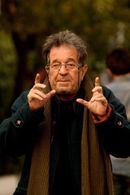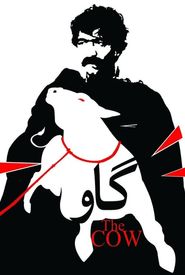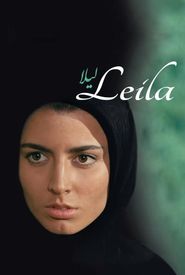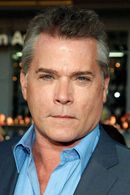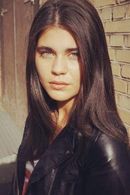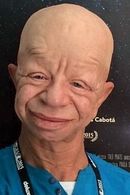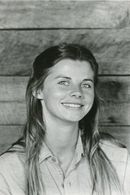Here is the biography of Dariush Mehrjui:
Dariush Mehrjui was born to a middle-class family in Tehran, Iran. He showed an early interest in the arts, including painting, music, and playing the piano. He spent a significant amount of time watching American films, which were often shown with explanatory title cards, and this sparked his passion for filmmaking. At the age of 12, Mehrjui built a 35mm projector and began screening films to his neighborhood friends, selling tickets to make a profit.
In 1959, Mehrjui moved to the United States to study at the University of California, Los Angeles (UCLA),where he was influenced by the renowned director Jean Renoir. However, Mehrjui was dissatisfied with the film program and switched to philosophy, graduating in 1964.
After returning to Iran, Mehrjui started his own literary magazine, Pars Review, which aimed to introduce contemporary Persian literature to Western readers. He also began working as a journalist and screenwriter, and eventually became a teacher at the Tehran Center for Foreign Language Studies.
Mehrjui's film career began in 1966 with the release of Diamond 33, a parody of the James Bond film series. However, it was his second feature film, Gaav, that brought him national and international recognition. The film, which was adapted from a short story by Gholamhossein Sa'edi, is a symbolic drama about a simple villager's attachment to his cow.
Gaav was banned for over a year due to its controversial themes and Sa'edi's critical views on the Pahlavi government. However, it eventually won an award at the Ministry of Culture's film festival and was smuggled out of Iran to be screened at the Venice Film Festival, where it won the International Critics Award.
Mehrjui's subsequent films, including Agha-ye Hallou, Postchi, and The Cycle, continued to explore themes of social injustice, poverty, and the struggles of everyday life in Iran. His film, The Cycle, which was banned for three years due to opposition from the Iranian medical establishment, was finally released in 1977 and received rave reviews internationally.
After the Iranian Revolution in 1979, Mehrjui continued to make films, including Hayat-e Poshti Madrese-ye Adl-e Afagh, which was seen as an allegory for the recent revolution. He also worked on several documentaries, including Alamut and Peyvast kolieh, which were used by the World Health Organization in several countries.
Mehrjui's exile in Paris in the 1980s led to the creation of the semi-documentary film, Voyage au Pays de Rimbaud, about the poet Arthur Rimbaud. He returned to Iran in 1985 and resumed his film career, producing films such as Hamoun, Pari, and Leila.
Throughout his career, Mehrjui has been recognized for his contributions to Iranian cinema, including being hailed as the pioneer of the Iranian New Wave. His films have been praised for their realism, symbolism, and exploration of the discontents of contemporary Iran, and he continues to be an influential figure in Iranian cinema.
